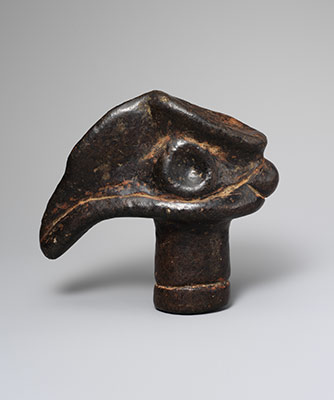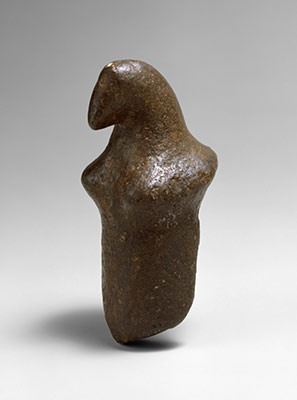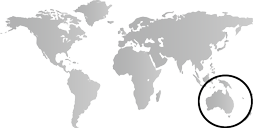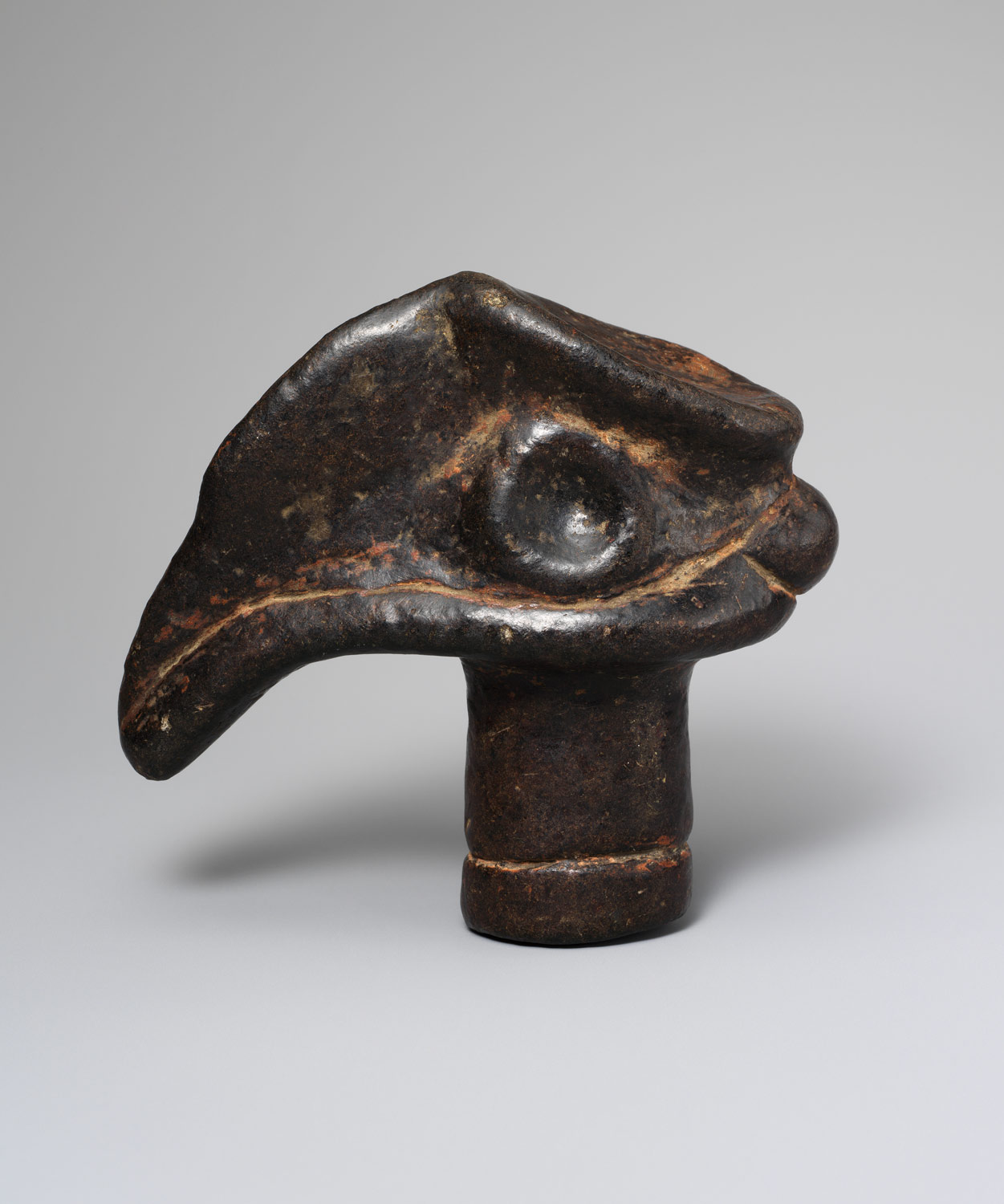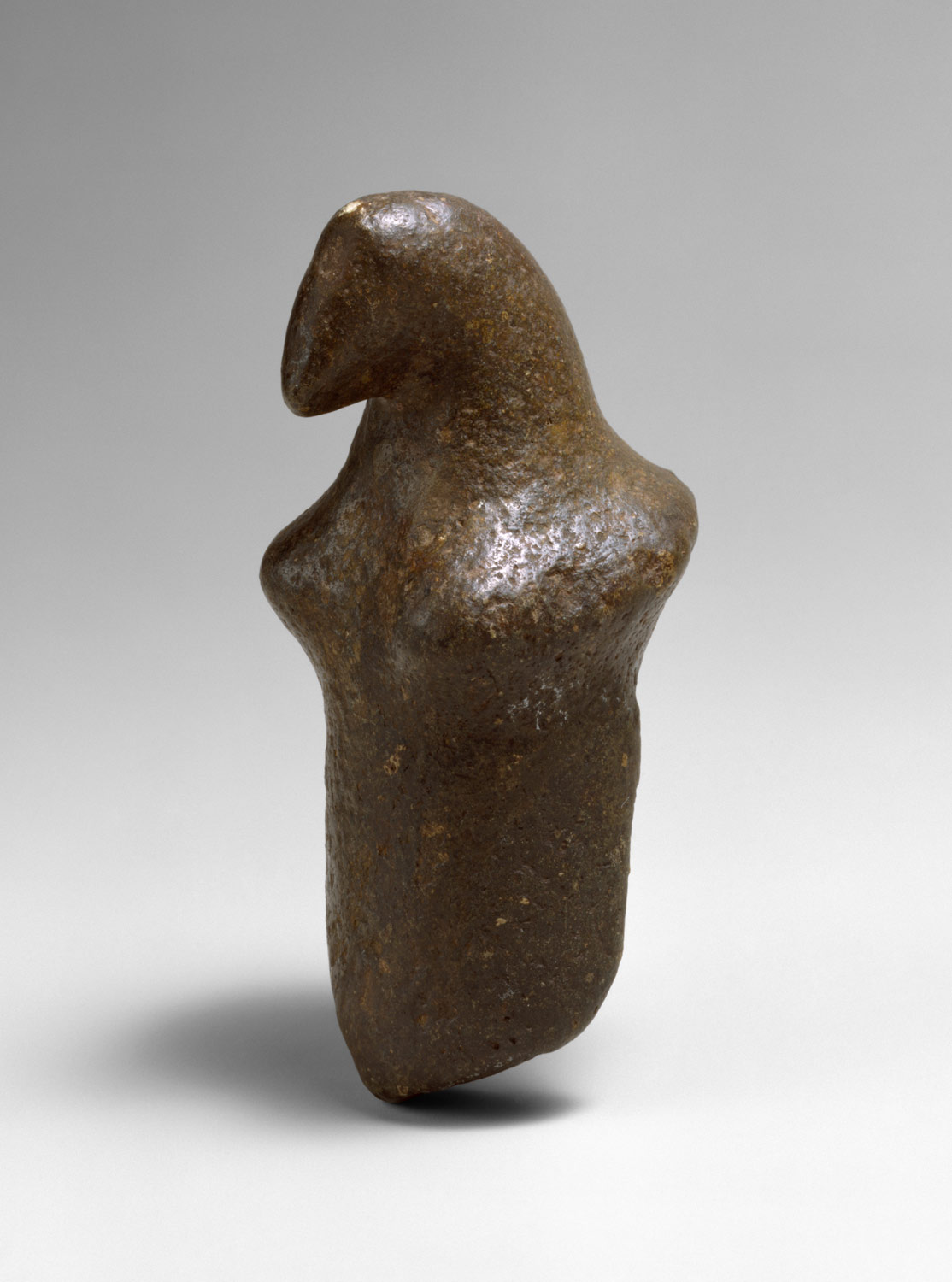By 2000 B.C., Melanesian peoples had lived in the southwest Pacific for over 35,000 years, but the remote islands of Oceania remained uninhabited. Beginning in roughly 1500 B.C., the Lapita culture, descendants of a second migration of peoples from Southeast Asia and the Melanesians with whom they interacted, began to expand eastward from Melanesia into the more remote islands of the western Pacific. Characterized by their intricately decorated pottery, the Lapita people are believed to be ancestral to the contemporary peoples of Polynesia, Micronesia, and some regions of Melanesia.
At the same time as the Lapita expansion, artists in New Guinea were creating distinctive stone mortars, pestles, and freestanding figures. Representing both human and animal forms, these enigmatic stone images are the earliest known examples of Oceanic sculpture.
